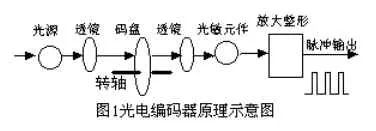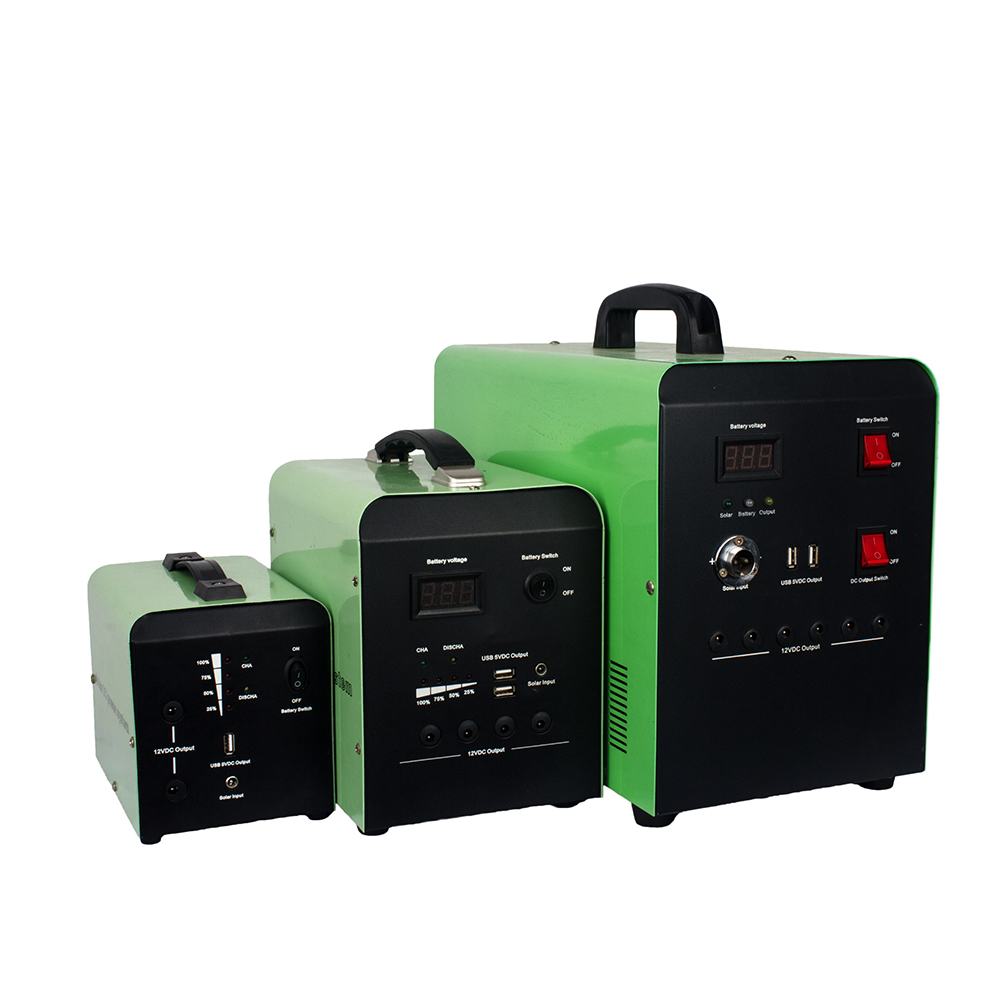The working principle of a photoelectric encoder is based on the rotation of its axis, which generates pulse outputs from both A and B channels. These two-phase pulses are separated by a 90-degree phase difference, allowing the encoder to determine both the direction and speed of rotation. When the A-phase pulse leads the B-phase pulse, it indicates forward rotation; otherwise, it signifies reverse rotation. The Z channel provides a single pulse per revolution, typically used for counting or reference positioning. The A channel measures the number of pulses, while the B channel works in conjunction with A to determine the direction.
An image showing the encoder's structure is available below:

Another diagram illustrates the signal output pattern:

In terms of motor speed calculation, N represents the motor speed. Using the formula n = ND measurement - ND theory, we can estimate the motor’s performance. For example, if a car moves at 1.5 m/s and the wheel has a diameter of 220 mm, the circumference C is calculated as D × π. This gives us the distance covered per revolution. If the motor runs at 21.7 revolutions per second, converting this to RPM (revolutions per minute) yields 1302 rpm. The number of pulses generated per second would then be PD = 130600 / 60 = 1300 pulses.
When the actual pulse count deviates from the expected value, an incremental voltage ΔU is generated and converted via D/A to adjust the motor speed. The system continuously compares the measured pulse count with the ideal value (PD), calculates the deviation (ΔP), and adjusts the motor accordingly to maintain stable operation.
Photoelectric encoders can be categorized into optical, magnetic, inductive, and capacitive types, depending on their detection method. They can also be classified into three main types based on their scale method and output form: incremental, absolute, and hybrid.
### 1.1 Incremental Encoder
Incremental encoders use the photoelectric conversion principle to generate three sets of square wave pulses: A, B, and Z. The A and B signals have a 90-degree phase shift, enabling directional detection. The Z signal provides a reference point per revolution. These encoders are known for their simple design, long mechanical life, strong anti-interference capability, and reliability. However, they do not provide absolute position information.
### 1.2 Absolute Encoder
Absolute encoders directly output digital values. Their circular code disc contains multiple concentric tracks, each consisting of transparent and opaque segments. Each track doubles the number of zones compared to the previous one. The number of tracks corresponds to the binary resolution of the encoder. As the disc rotates, light sensors detect the illuminated or dark areas, forming a unique binary code for each position. Unlike incremental encoders, absolute encoders do not require a counter and retain position data even after power loss. They are ideal for applications where precise, real-time position tracking is essential.
### 1.3 Hybrid Absolute Encoder
Hybrid absolute encoders combine the features of both incremental and absolute encoders. They provide absolute position information along with incremental pulse outputs, making them suitable for high-precision control systems.
Photoelectric encoders are widely used in CNC machines, robotic arms, servo drives, and other precision equipment that require accurate angular or rotational measurements. Their advantages include compact size, high accuracy, reliable performance, and digital interface compatibility.
**Recommended reading:**
[What is a photoelectric encoder?](#)
[Photoelectric encoder wiring diagram](#)
1500W Solar Generator
Whaylan off Grid Solar Power System Solar Panel System Home 1500W 1.5KW Solar Panel 60W 150W 200W Solar Energy System Portable Solar Generator

1500W Solar Generator,off Grid Home Solar Energy System ,All in One Portable Solar Powered Generator
suzhou whaylan new energy technology co., ltd , https://www.xinlingvideo.com
